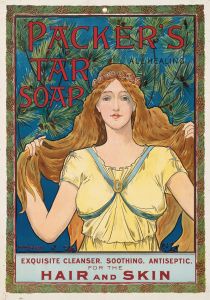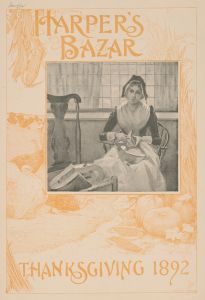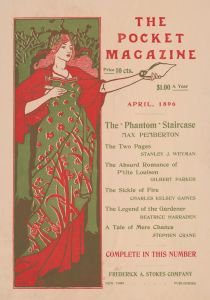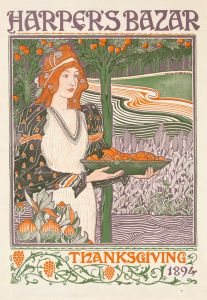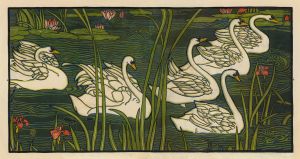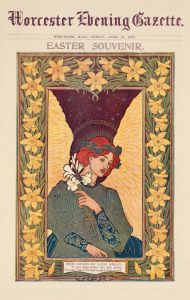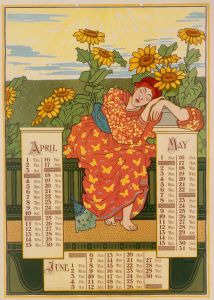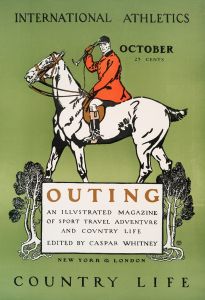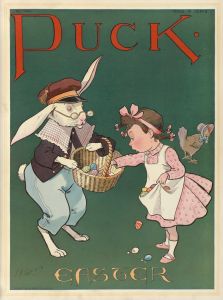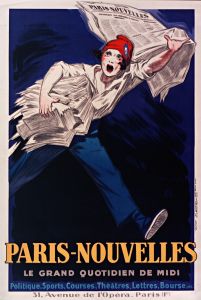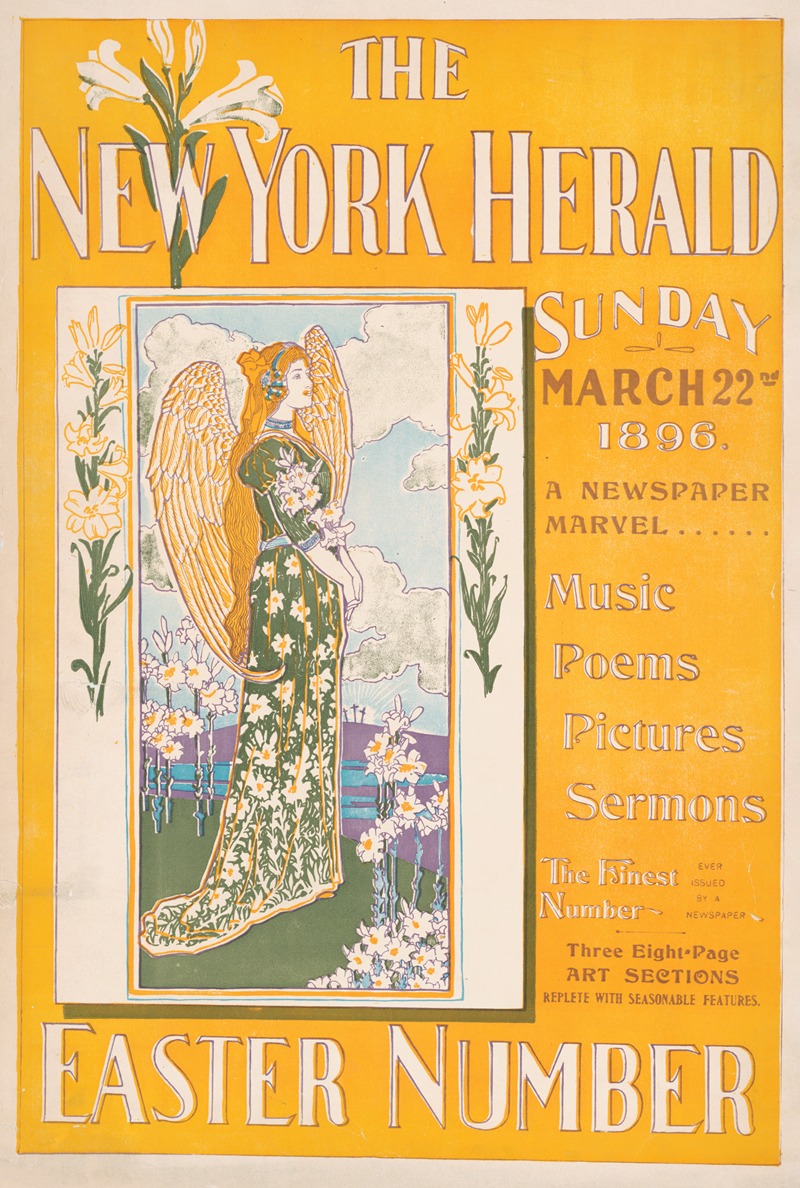
The New York Herald Sunday March 22nd 1896. A newspaper marvel… Easter number
A hand-painted replica of Louis Rhead’s masterpiece The New York Herald Sunday March 22nd 1896. A newspaper marvel… Easter number, meticulously crafted by professional artists to capture the true essence of the original. Each piece is created with museum-quality canvas and rare mineral pigments, carefully painted by experienced artists with delicate brushstrokes and rich, layered colors to perfectly recreate the texture of the original artwork. Unlike machine-printed reproductions, this hand-painted version brings the painting to life, infused with the artist’s emotions and skill in every stroke. Whether for personal collection or home decoration, it instantly elevates the artistic atmosphere of any space.
Louis Rhead's illustration for "The New York Herald Sunday March 22nd 1896. A newspaper marvel… Easter number" is a notable example of late 19th-century American illustration, reflecting the vibrant and dynamic style that characterized the period. Louis Rhead, an English-born artist who emigrated to the United States, was a prominent figure in the world of illustration and graphic design during the late 1800s and early 1900s. His work is often associated with the Art Nouveau movement, which was known for its decorative and organic forms.
Rhead's illustration for The New York Herald's Easter edition in 1896 showcases his skill in creating intricate and eye-catching designs that were both artistic and functional for newspaper publication. The Easter edition was likely a special issue, as newspapers of the time often produced themed editions to coincide with holidays and significant events, aiming to attract a wider readership with visually appealing content.
The illustration itself would have been designed to capture the spirit of Easter, a significant holiday in the Christian calendar, celebrated for its themes of resurrection and renewal. While specific details of the illustration are not provided here, Rhead's work typically featured elaborate borders, flowing lines, and a harmonious composition, all hallmarks of the Art Nouveau style. His use of color and form would have been intended to draw the reader's eye and enhance the overall aesthetic of the newspaper page.
Louis Rhead was part of a broader movement of artists and illustrators who were transforming the visual landscape of print media during this period. The late 19th century was a time of significant change in the publishing industry, with advances in printing technology allowing for more detailed and colorful illustrations. Artists like Rhead played a crucial role in this transformation, bringing a new level of artistry to newspapers, magazines, and books.
Rhead's contributions to illustration were not limited to newspapers. He was also known for his work on posters, book covers, and children's books, where his distinctive style could be seen in a variety of contexts. His ability to adapt his artistic vision to different media made him a versatile and influential figure in the world of illustration.
In summary, Louis Rhead's illustration for The New York Herald's Easter edition in 1896 is a testament to his skill as an artist and his role in the evolution of print media at the turn of the century. His work exemplifies the Art Nouveau style and reflects the broader trends in illustration and design that were emerging during this period. While specific details of the illustration are not available, Rhead's reputation and body of work suggest that it would have been a visually striking and thematically appropriate piece for the Easter edition of the newspaper.





